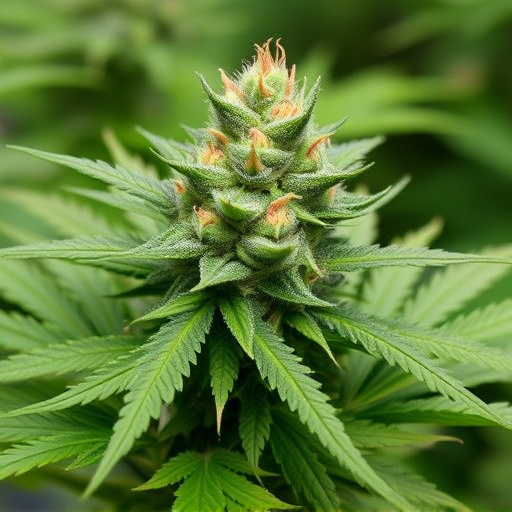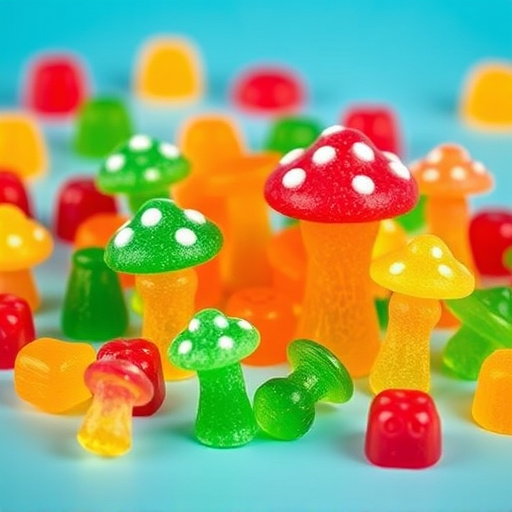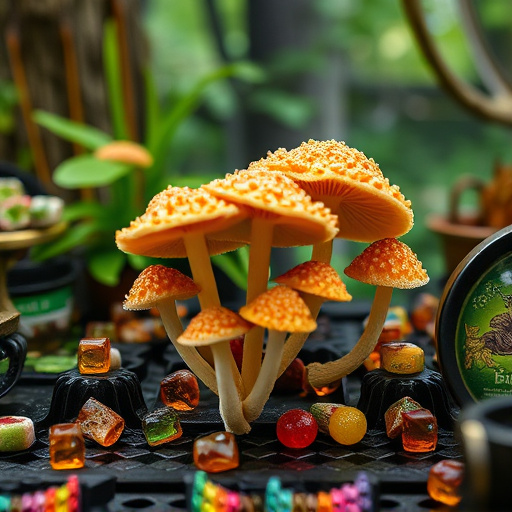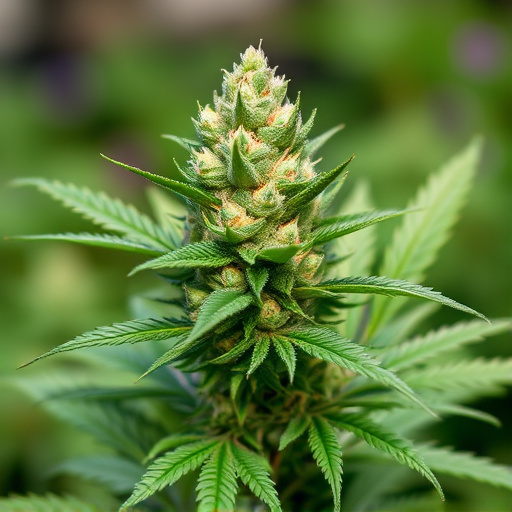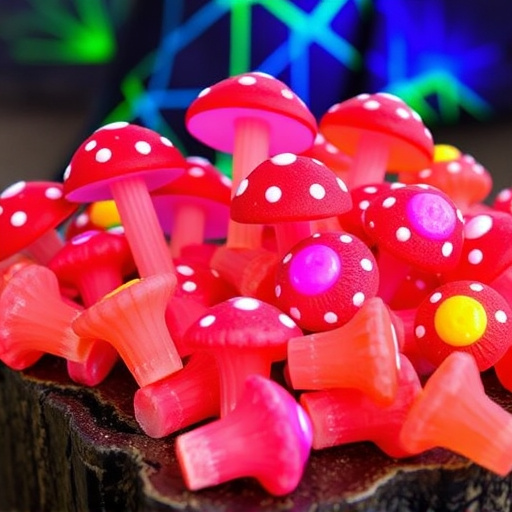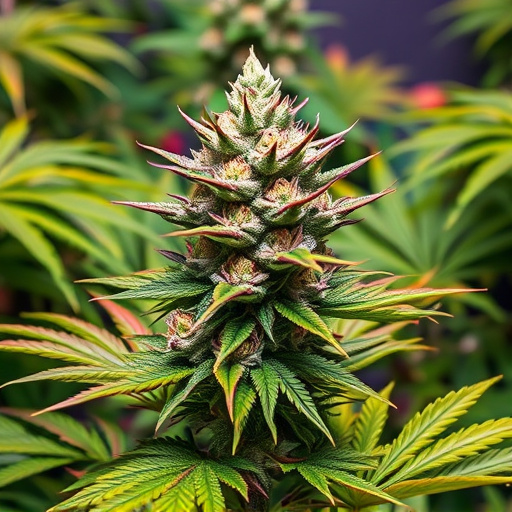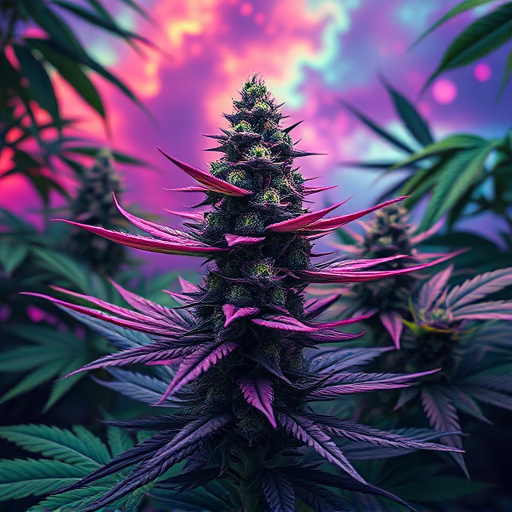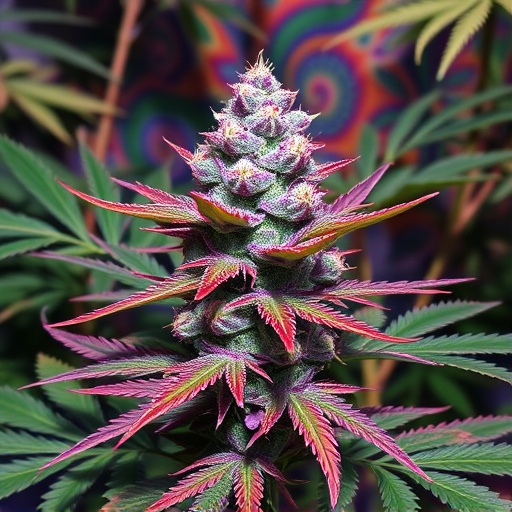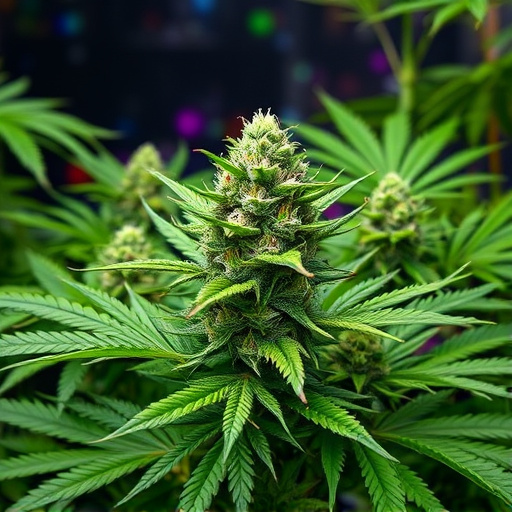The distinctive skunk-like aroma of psychedelic cannabis strains is driven by terpenes, volatile organic compounds that influence scent and flavor, offering potential therapeutic benefits alongside THC. Terpenes like myrcene (earthy musky) and limonene (citrusy) create unique sensory experiences, with myrcene enhancing skunk notes and limonene masking them. Pinene adds complexity to these scents. Understanding terpene interactions provides insight into the diverse scent profiles and effects of psychedelic cannabis strains.
“Unveiling the Secrets of Skunky Cannabis: A Sensory Journey Through Terpenes, Genetics, and Environment.
Cannabis enthusiasts often marvel at the diverse aromas, with some strains exuding a distinct skunk-like scent. This intriguing characteristic is driven by terpenes, powerful aromatic compounds that also influence psychedelic cannabis strains’ effects. From the chemical intricacies of these terpenes to genetic manipulations and environmental factors, this article explores what makes certain varieties smell skunkier than others. Prepare to delve into the fascinating world where science meets scent.”
- The Role of Terpenes in Skunkiness
- – Exploring the chemical composition of cannabis terpenes
- – How specific terpenes contribute to skunky aromas
The Role of Terpenes in Skunkiness
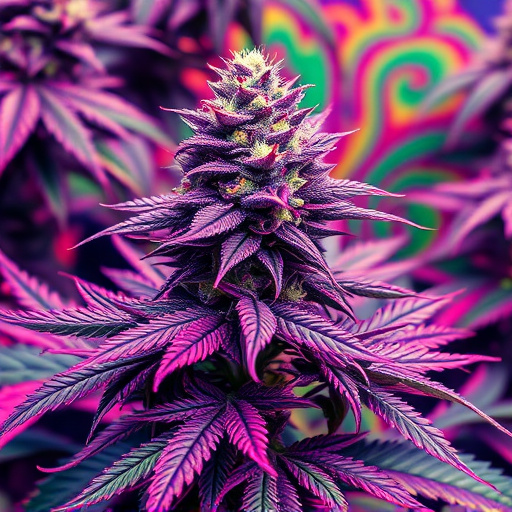
The skunk-like aroma often associated with cannabis is largely attributed to a group of chemical compounds known as terpenes. These volatile organic compounds are naturally present in many plants, including cannabis, and play a significant role in shaping the scent and flavor profiles we perceive. Terpenes not only contribute to the distinct odors but also offer potential therapeutic benefits.
In psychedelic cannabis strains, certain terpenes like myrcene and limonene can enhance or alter the psychological effects of THC (tetrahydrocannabinol). Myrcene is known for its earthy, musky scent and has been linked to relaxing and sedative properties, while limonene boasts a citrusy aroma and is believed to stimulate feelings of joy and energy. The interplay between terpenes and cannabinoids creates complex sensory experiences, making each cannabis strain unique in terms of smell and potential effects, even when sharing similar genetic backgrounds.
– Exploring the chemical composition of cannabis terpenes
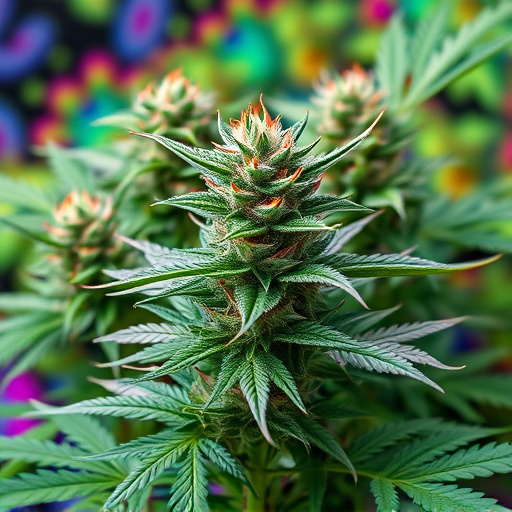
The distinct aroma of cannabis, often described as skunk-like, is a result of its unique chemical composition, particularly from terpenes—volatile aromatic compounds. Terpenes play a significant role in shaping the scent and flavor profiles of different cannabis strains. Each strain boasts a distinctive terpene profile, contributing to the diverse range of aromas experienced by consumers.
When it comes to psychedelic cannabis strains, known for their potent effects and unique sensory experiences, the terpene makeup is particularly intriguing. Certain terpenes, such as myrcene and limonene, are prevalent in these strains and are believed to enhance the psychological effects of THC (tetrahydrocannabinol). Exploring these terpene interactions offers a glimpse into why some cannabis varieties evoke stronger skunk or citrus notes, providing an added layer of complexity to the already fascinating world of psychedelic cannabis.
– How specific terpenes contribute to skunky aromas

In the world of cannabis, terpenes play a pivotal role in shaping the sensory experience, particularly the aroma and flavor profiles that set apart various strains. These aromatic compounds, responsible for the distinct scents we associate with different plants, also contribute significantly to the skunky character some strains exhibit. Terpenes like myrcene, limonene, and pinene are known to influence the olfactory attributes of psychedelic cannabis strains.
Myrcene, for instance, is often linked to earthy and musky notes, and its higher concentrations can intensify skunk-like aromas. Limonene, on the other hand, offers citrusy and uplifting scents that can mask or modify the skunky character. Pinene, with its pine-like fragrance, adds complexity to the olfactory profile, enhancing either the refreshing or skunky nuances depending on its interplay with other terpenes present in the strain.
The distinct skunk-like aroma associated with certain cannabis strains is a result of unique terpene profiles, which play a pivotal role in shaping their olfactory characteristics. As we’ve explored, specific terpenes like myrcene and limonene are key contributors to this skunky scent, often found in both natural and bred psychedelic cannabis strains. Understanding these chemical components not only enhances our appreciation for the diverse aromas in the cannabis world but also allows cultivators to create tailored experiences for consumers seeking specific scents and effects.
